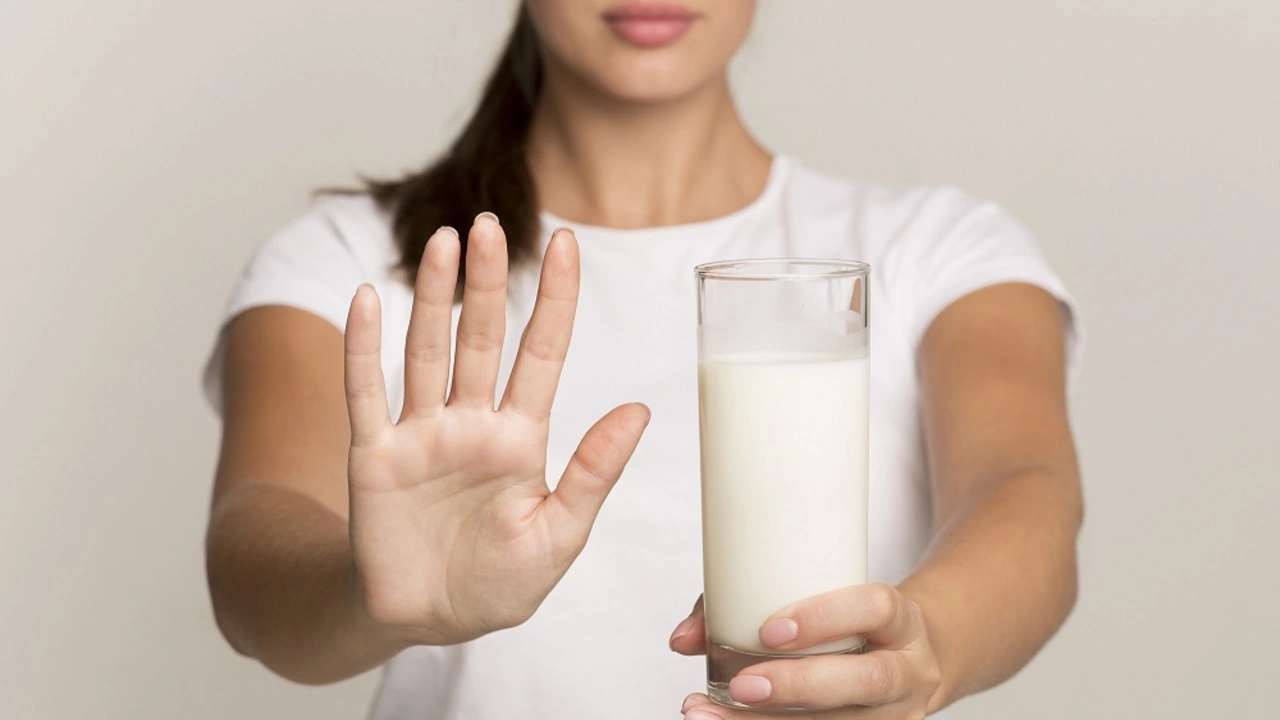Lactose Intolerance – What It Is and How to Handle It
If you ever feel bloated, gassy, or have stomach cramps after a glass of milk, you might be dealing with lactose intolerance. It’s not an allergy; it’s just your body missing the enzyme lactase that breaks down lactose, the sugar in dairy.
Most people start to notice symptoms in adulthood, but some kids feel it early on. Common signs include stomach pain, nausea, gas, and watery diarrhea that show up 30 minutes to two hours after you eat or drink something with lactose.
Why Does Lactose Intolerance Happen?
People lose lactase production naturally as they get older. Genetics play a big role – many Asian, African, and Hispanic families have higher rates of low lactase. Certain illnesses, like celiac disease or Crohn’s, can also damage the small intestine and lower lactase levels temporarily.
Because the problem is enzyme‑related, you can still eat most foods; you just need to manage the amount of lactose you consume or replace it with lactose‑free options.
Practical Ways to Live Comfortably
First, experiment with portion size. Many adults can tolerate a small cup of milk (about 250 ml) without symptoms, especially if they spread it out over a meal.
Second, try lactase supplements. These pills contain the enzyme you’re missing and can be taken right before dairy. Most people find them helpful for a cheese pizza or a scoop of ice cream.
Third, read food labels. Look for “lactose‑free,” “no added milk,” or “suitable for lactose‑intolerant” on packaged items. Also watch for hidden dairy in processed foods – terms like whey, casein, milk solids, and curd indicate lactose is present.
Fourth, explore dairy alternatives. Almond milk, soy milk, oat milk, and rice milk all work well in coffee, cereal, or cooking. For cheese lovers, there are vegan cheeses made from nuts or soy that melt similarly.
Fifth, use lactose‑free dairy products. Most supermarkets sell lactose‑free milk, yogurt, and ice cream where the lactose has already been broken down. The taste is nearly identical to regular dairy.
If you love cooking, you can replace milk with water‑thinned broth, coconut milk, or a blend of dairy‑free milk and a splash of vanilla for desserts. When baking, adding a bit of baking soda can help neutralize acidity caused by lactose.
Finally, keep a food diary. Write down what you ate, the amount, and any symptoms. Over a few weeks you’ll see patterns and learn your personal tolerance level.
Living with lactose intolerance doesn’t mean giving up all the foods you enjoy. With a few simple tricks – portion control, lactase pills, label reading, and tasty alternatives – you can keep feeling good and still enjoy a varied diet.

